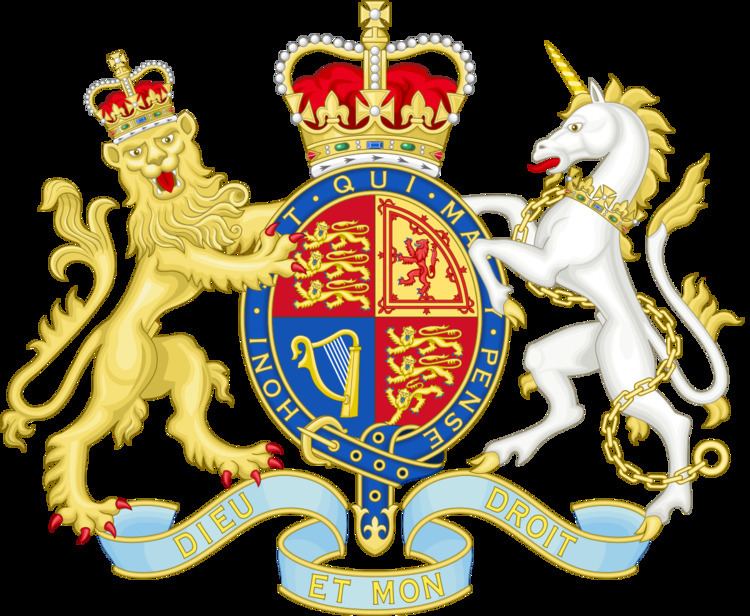 | ||
Long title An Act to regulate the Issue of Bank Notes, and for giving to the Bank of England certain Privileges for a limited Period. Repealed by Currency and Bank Notes Act 1928, Currency and Bank Notes Act 1939, Banking Act 2009 | ||
The Bank Charter Act 1844 (7 & 8 Vict. c. 32), sometimes referred to as the Peel Banking Act of 1844, was an Act of the Parliament of the United Kingdom, passed under the government of Robert Peel, which restricted the powers of British banks and gave exclusive note-issuing powers to the central Bank of England. It is one of the Bank of England Acts 1694 to 1892.
Contents
Purpose
Until the mid-nineteenth century, commercial banks in Britain and Ireland were able to issue their own banknotes, and notes issued by provincial banking companies were commonly in circulation.
Under the Act, no bank other than the Bank of England could issue new banknotes, and issuing banks would have to withdraw their existing notes in the event of their being the subject of a takeover. At the same time, the Bank of England was restricted to issue new banknotes only if they were 100% backed by gold or up to £14 million in government debt. The Act served to restrict the supply of new notes reaching circulation, and gave the Bank of England an effective monopoly on the printing of new notes. The Act exempted demand deposits from the legal requirement of a 100-percent reserve which it did demand with respect to the issuance of paper money.
The Act was a victory for the British Currency School, who argued that the issue of new banknotes was a major cause of price inflation.
Although the Act required new notes to be backed fully by gold or government debt, the government retained the power to suspend the Act in case of financial crisis, and this in fact happened several times: in 1847 and 1857, and during the 1866 Overend Gurney crisis.
Also, while the act restricted the supply of new notes, it did not restrict the creation of new bank deposits, and these would continue to increase in size over the course of the 19th century.
Bank deposits are sums of money that a bank, backed by considerable collateral, may choose to deposit in the holder’s account as a loan which requires repayment with interest. The money comes into existence when the bank creates the deposit, and when the loan is paid off, the money disappears from the bank’s balance sheet. While a loan is effectively a cash advance provided by the bank to the customer, in the long term the effect of unrestricted creation of bank deposits (money) can lead to inflation in the markets into which that money is channelled, such as the property market through banks' mortgage lending.
As a result of the Act, as provincial banking companies merged to form larger banks, they lost their right to issue notes. The English private banknote eventually disappeared, leaving the Bank of England with a monopoly of note issue in England and Wales. The last private bank to issue its own banknotes in England and Wales was Fox, Fowler and Company in 1921.
Today three commercial banks in Scotland and four in Northern Ireland continue to issue their own sterling banknotes, regulated by the Bank of England.
Banking Act 2009
The Banking Act 2009 abolished the "weekly return" of the number of banknotes issued by the Bank of England: "Section 6 of the Bank Charter Act 1844 (Bank to produce weekly account) shall cease to have effect".
